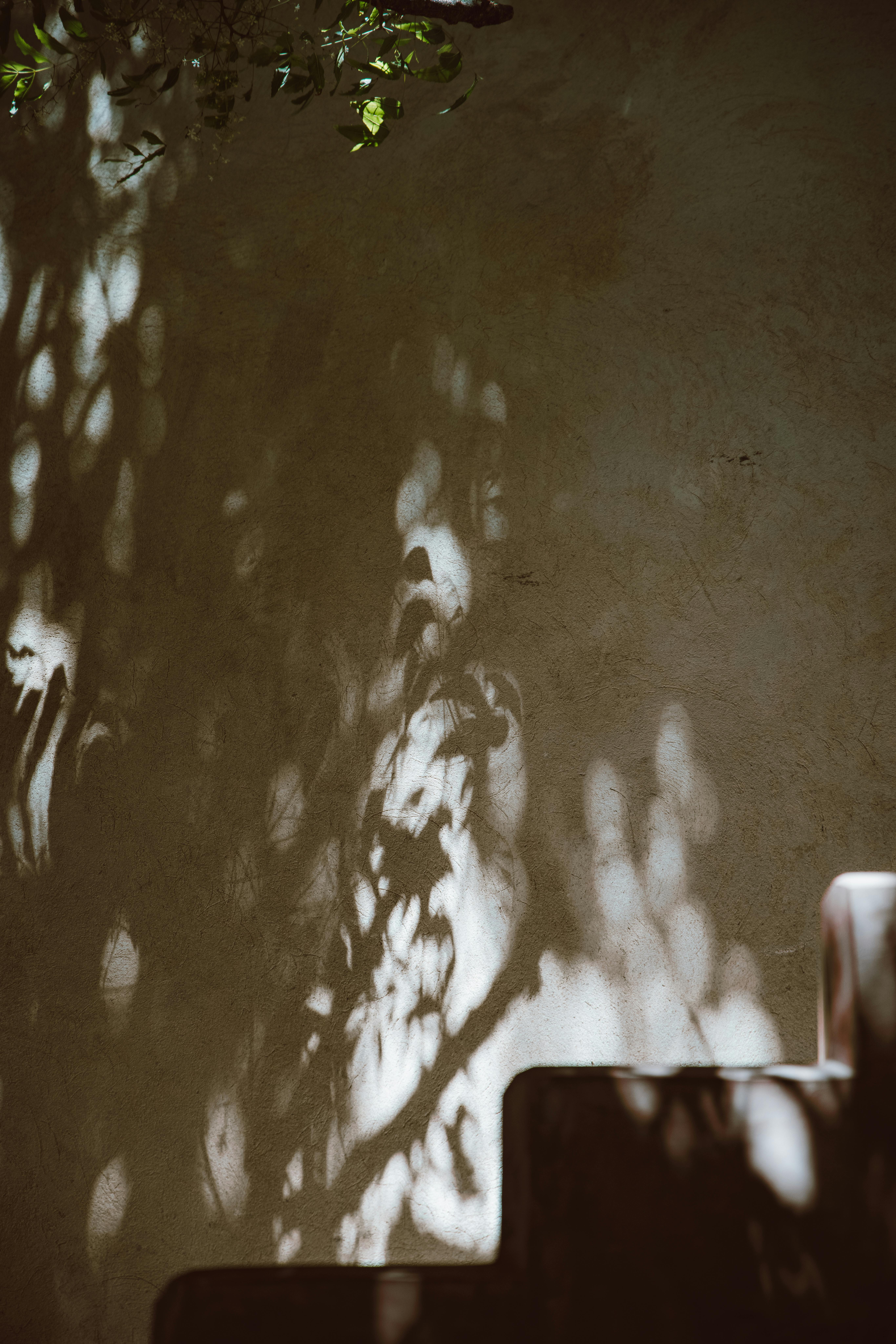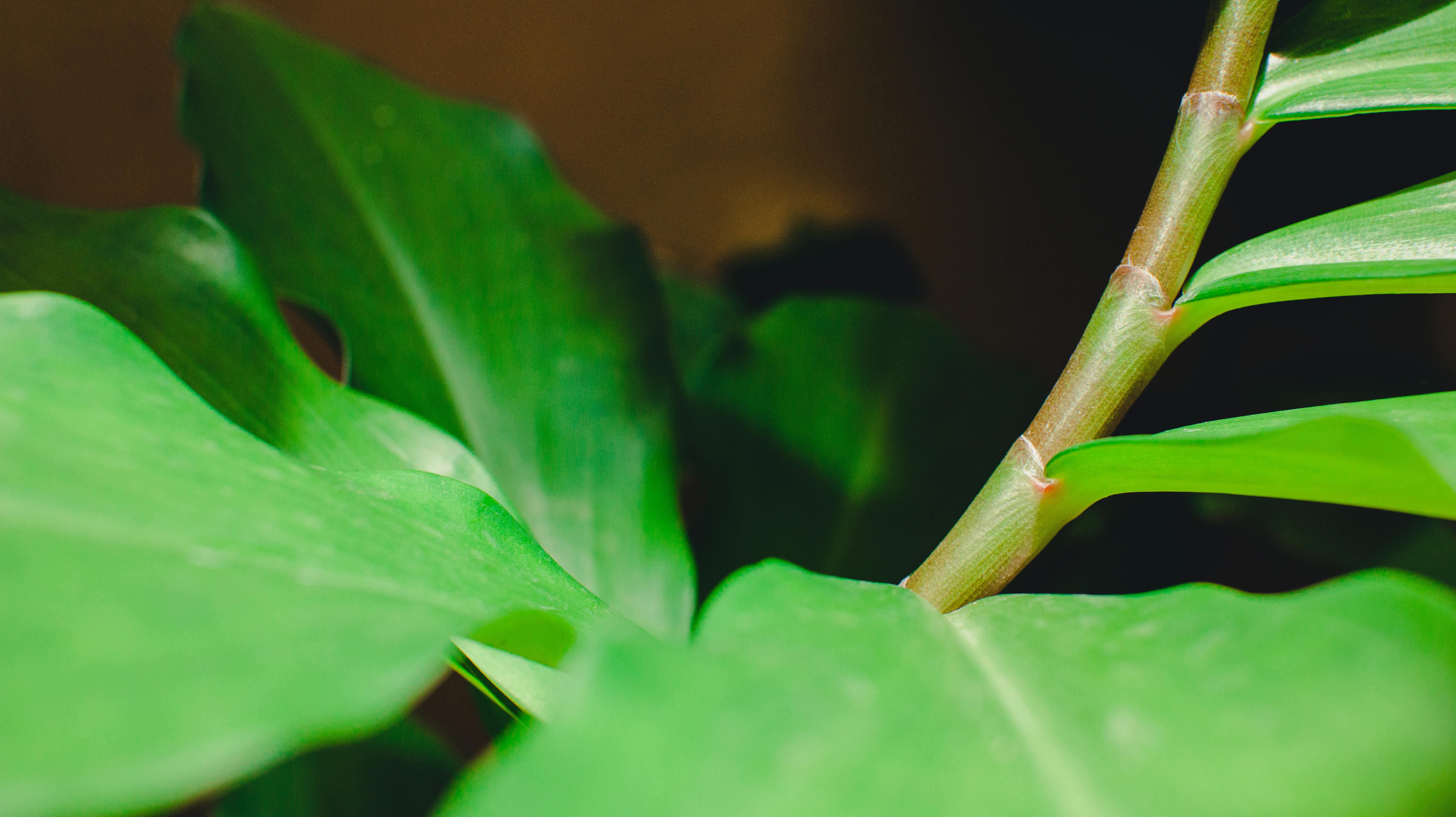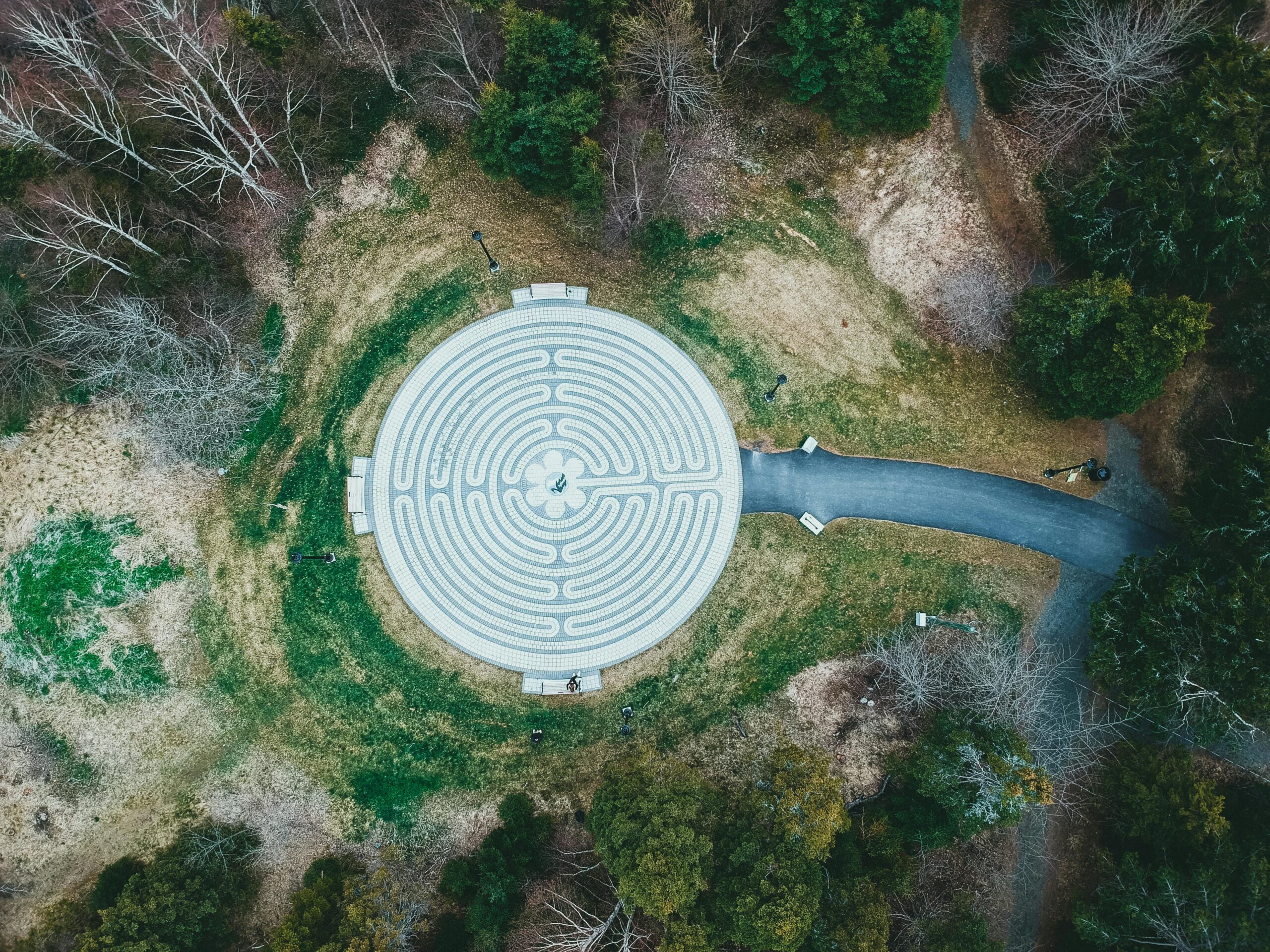Gestalten Garten: Innovative Ideas for Your Outdoor Space
Understanding the Basics of Garten Gestaltung
When it comes to **gestalten garten**, understanding the fundamental principles is essential for creating a beautiful outdoor space. Garten Gestaltung, or garden design, involves not just planting flowers but integrating various elements like hardscaping, plants, and outdoor furniture into a harmonious layout. The key to a successful garden lies in considering the space available, the climate, and the desired use of the garden area. Start with a clear vision and purpose for your garden. Do you want a space for relaxation, entertaining guests, or perhaps a vibrant vegetable patch? Establishing this purpose will guide your design choices.
Choosing the Right Plants
**Selecting appropriate plants** is crucial in achieving a successful gestalten garten. Take into account the local climate, soil type, and sunlight exposure. Native plants are an excellent choice as they typically require less maintenance and are more resilient. For instance, consider using lavender, which not only adds color but also attracts pollinators. Be sure to create a balanced combination of perennials and annuals to provide year-round interest. Additionally, incorporating evergreens can help maintain some structure during the winter months.
Hardscaping Elements
Hardscaping plays a vital role in the aesthetic and functional aspects of **gestalten garten**. Paths, patios, and retaining walls can define areas within your garden and make it more accessible. Using materials like stone, brick, or gravel can add texture and character. For example, a winding stone path can lead visitors through different garden zones, enhancing the experience. Don’t forget to integrate functional elements such as benches and outdoor lighting to create inviting spaces.
Water Features as a Focal Point
Incorporating a water feature can significantly elevate your garden’s design. Whether it’s a small pond, a bubbling fountain, or a simple bird bath, water elements tend to draw attention and provide a calming effect. When designing your water feature, think about its placement and how it complements other **gestalten garten** elements. For instance, a pond surrounded by lush vegetation can become a breathtaking centerpiece, attracting various wildlife and creating a serene atmosphere.
Creating Zones in Your Garten
Creating distinct zones within your garden can improve functionality and aesthetics. By dividing your space into areas for relaxing, dining, and gardening, you can optimize the use of your outdoor area. Start by designing a cozy lounge area with comfortable seating and perhaps a fire pit, ideal for evening gatherings. Following this, designate a section for dining, equipped with a table and chairs, positioned to take advantage of scenic views.
Practical Example: Designing a Multi-Functional Garden
Here’s a practical example of designing a multi-functional **gestalten garten**: Imagine a rectangular backyard. You could designate one end for a **vegetable garden**, complete with raised beds and a compost area. The midsection could transform into a cozy lounge area, incorporating weather-resistant furniture and string lights overhead for ambiance. Finally, the other end could feature a dining setup—perfect for entertaining family and friends. By clearly defining these zones, your garden will not only be visually appealing but also practical for its intended uses.
Incorporating Outdoor Furniture
Choose outdoor furniture that complements your garden’s style while ensuring comfort and usability. Materials like teak, metal, or weather-resistant plastics can withstand the elements and provide longevity. Incorporating cushions with sun-resistant fabrics can enhance comfort and add color. Furthermore, consider movable pieces that allow you to rearrange for hosting events or simply enjoying a sunny day. Remember, furniture placement should promote easy flow and conversation among guests.
Maintaining Your Garden Design
Regular maintenance is key to sustaining a well-designed **gestalten garten**. Regularly pruning, weeding, and watering plants will keep them healthy, while cleaning hardscaping elements ensures everything looks inviting. It’s also important to redefine areas as necessary; for instance, if a particular zone isn’t being utilized as intended, consider redesigning it to better suit your lifestyle. Seasonal check-ups can help in keeping your garden looking fresh and vibrant.

Trends in Garten Gestaltung
Staying updated with current trends can inspire fresh ideas for your **gestalten garten**. One significant trend is the incorporation of sustainable practices, such as using native plants and rainwater harvesting. Sensational outdoor living spaces continue to grow in popularity, where backyards are transformed into extensions of the home. Additionally, the concept of edible landscapes, where homeowners grow vegetables, herbs, and fruits alongside ornamental plants, is gaining traction.
Sustainable Gardening Practices
To create a **sustainable garden**, start incorporating practices like composting and mulching. Composting kitchen scraps enriches soil and cuts down on waste, while mulching helps retain moisture and suppress weeds. Installing a rain barrel can collect rainwater, reducing reliance on municipal water for irrigation. Such practices not only benefit the environment but also enhance the beauty of your **gestalten garten**.
Outdoor Living Spaces
Transforming your outdoor area into a living space is increasingly sought after in garden design. This includes the addition of **kitchens**, dining areas, and lounges outdoors. Designing covered patios with outdoor kitchens can create perfect spots for barbecuing or al fresco dining with family. Adding heaters or fire pits further extends the usability of these spaces, making them cozy year-round.

Edible Landscaping Ideas
Integrating edibles into your garden design speaks to both beauty and utility. You can blend fruit-bearing plants, such as blueberry bushes, with ornamental shrubs to create a visually appealing yet functional landscape. Raised beds filled with herbs not only provide flavorful additions to meals but also exude charm. Educate yourself on companion planting to maximize your yields while keeping pests at bay, making your **gestalten garten** truly rewarding.
Key Takeaways
- Define the purpose of your garden to guide design choices.
- Consider hardscaping, plant selection, and outdoor furniture for functionality and style.
- Incorporate sustainable practices to enhance your garden’s appeal and eco-friendliness.
- Make use of distinct zones in your garden for dining, lounging, and growing.
- Stay informed about trends to keep your garden fresh and inviting.
FAQ
1. What are the essential elements of garden design?
The essential elements of **gestalten garten** include plants, hardscaping, outdoor furniture, and decorative features like water elements. Each component should work together cohesively to create a functional and aesthetically pleasing outdoor space.
2. How do I choose the right plants for my garden?
Selecting the right plants involves considering your climate, soil type, and the amount of sunlight the area receives. Native plants are a smart choice for their longevity and low maintenance needs. Additionally, mix up perennials and annuals for varying seasonal beauty.
3. What are some current trends in garden design?
Current trends include sustainable gardening practices, outdoor living spaces that extend home ambiance into the garden, and edible landscaping that combines beauty with practicality. Embracing these trends can create a uniquely modern garden.
4. How often should I maintain my garden?
Essential maintenance should occur seasonally, including weeding, watering, pruning, and cleaning up hardscaping. Regular checks will keep your **gestalten garten** looking its best and help adjust elements based on seasonal changes.
5. Can I integrate food gardening into ornamental gardens?
Yes, integrating food gardening into ornamental gardens through edible landscaping is a fantastic way to enjoy both beauty and functionality. Plant herbs, vegetables, and fruit-bearing plants among ornamental species for a visually appealing yet productive garden.
